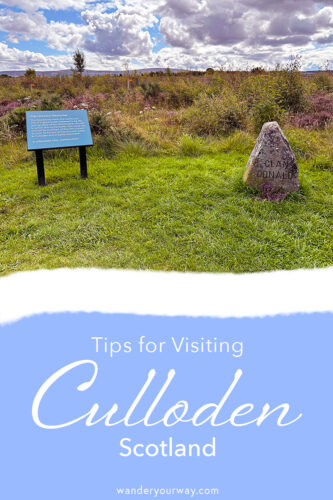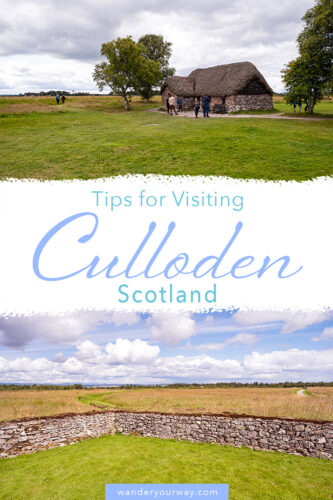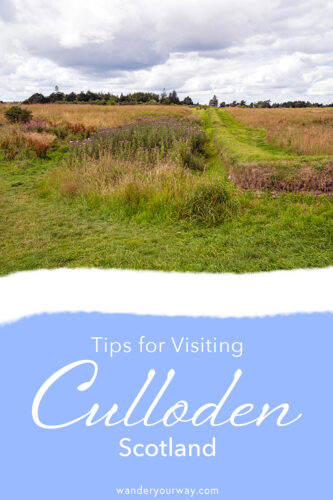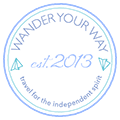Culloden Battlefield: One of the Most Important Sites in Scotland
Culloden Battlefield and Museum is a must see site for your time in Scotland.
Especially if you love — or at least have a strong interest in — Scottish history.
I might also add that if you’re a fan of the TV series Outlander, you may want to put this site on your list too.
Let’s dive into why this is such an important site to Scottish history and why it’s a worthy place to spend some time.
And, yes, I’ll offer up some tips for your visit.
But first, we have to have a little history lesson…
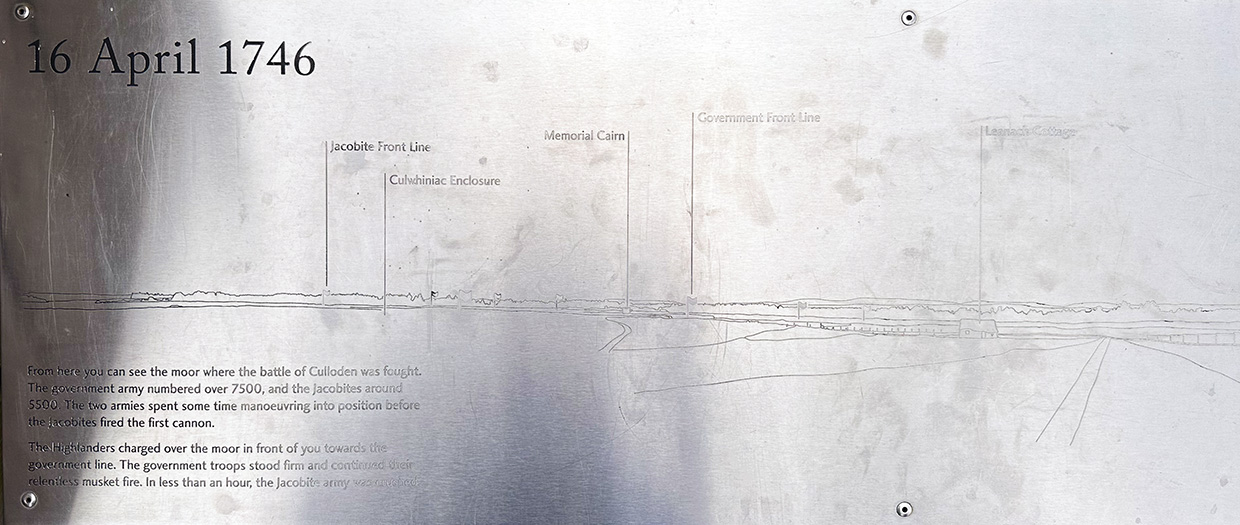
Who were the Jacobites?
It’s a bit of a complex history but let’s start with the Jacobites as they are one side that fought at Culloden Battlefield.
The other side was the Government side — meaning the British Government.
The Jacobites were a faction of the Scots who believed that the House of Stuart, who had been dethroned in 1688 by William of Orange who invaded England from the Netherlands, was the rightful monarchy for England and Scotland. (remember: they were united although it was not always a happy union.)
There was a bit of a revolution — the Glorious Revolution of 1688 — at this time too as people were very much split as to who should be the monarch.
It’s worth noting that William was Protestant and King James VII — the Stuart king who was dethroned — was Catholic.
However, most Scots were not Catholic, but some believed James VII was simply the rightful king.
I know.
It’s a bit confusing.
Bear with me.
So James VII and his infant son (also James) go to France to live in exile while William of Orange marries James’ daughter, Mary.
Oy vey!
Those European monarchs!
Anyway…
William and Mary became the Protestant monarchs of England, Scotland and Ireland.
And those who did not support them and instead supported the Stuart line became known as Jacobites.
We think often of Jacobites as all Scottish folks, but that’s not how it was.
In fact, some Scots were Jacobites while others firmly supported William and Mary.
Some English were Jacobites.
You get the idea.
And the Jacobites weren’t all in the cause for the same reason.
For some of them it was personal as they hoped life would be better for them with a Stuart on the throne versus this invader.
Others wanted to see the end to the union of England and Scotland — they wanted a free, independent Scotland.
And for others it was a matter of faith, wanting a Catholic as their leader.
In Scotland, the clans of the Highlands tended to be backers of the Stuarts.
Though not all.
In the Lowlands, it was the Episcopalians of the northeast who favored the Stuarts as they had been marginalized by the 1688 invasion and ensuing revolution.
They hoped the Stuarts would restore their church’s position to the Church of Scotland.
So really, the Jacobite rising really was a bit of a civil war in Scotland.
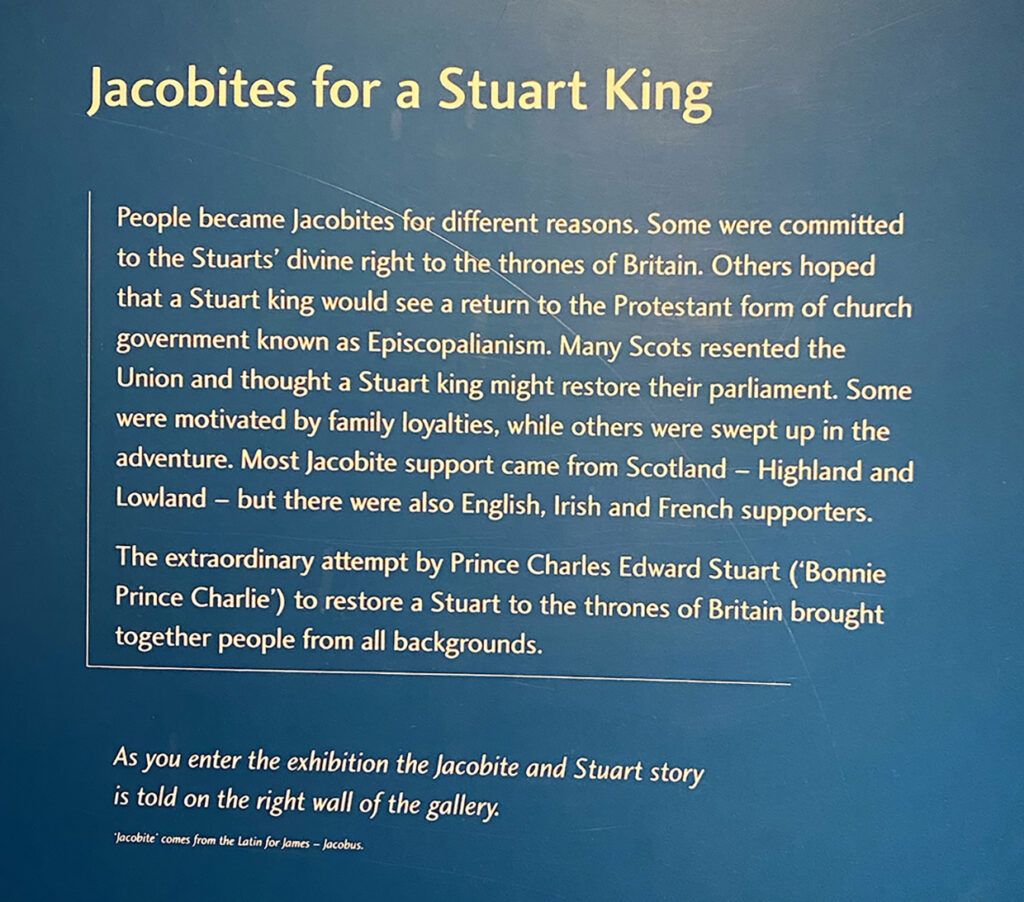
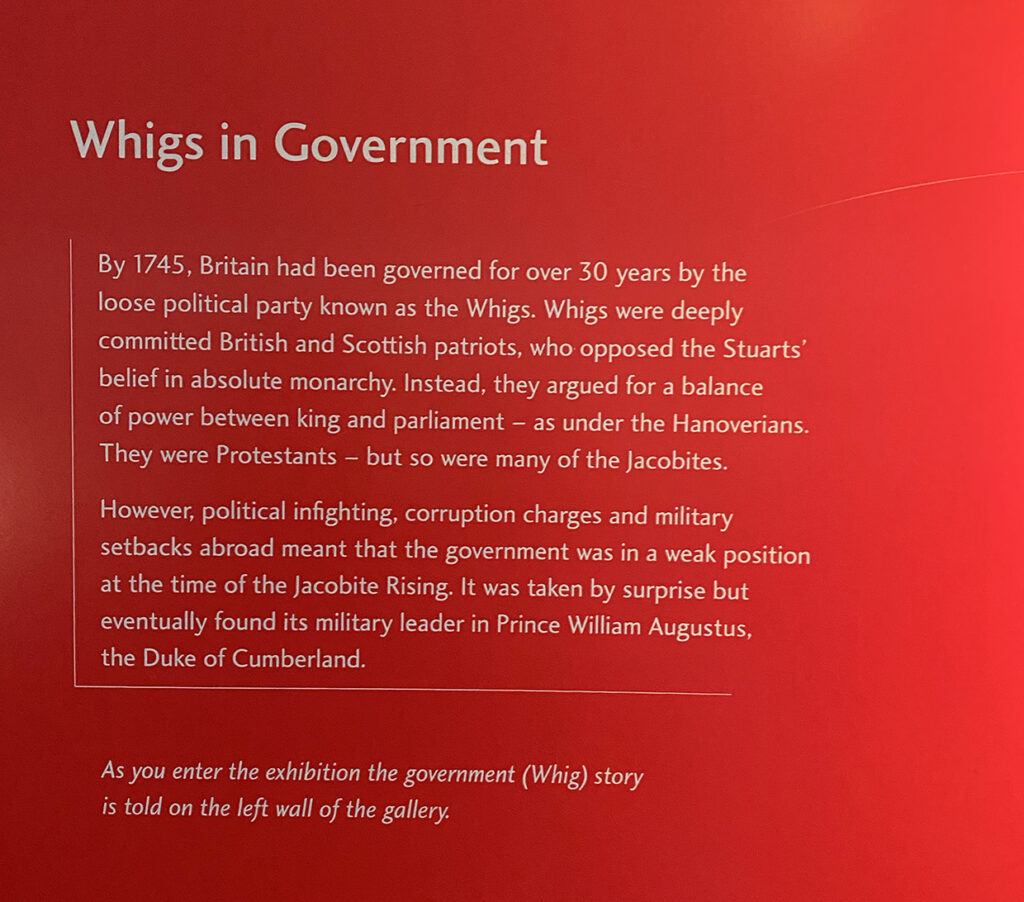
Jacobite rising
Between religious tensions between the Presbyterians and Episcopalians and then events such as the Glencoe Massacre in 1692, the Jacobites started to take form and become a true movement.
These folks were the ones who were just so pissed off about what was happening under William and Mary — and the House of Hanover — that they weren’t going to take it.
In the meantime, James VII and now his son, James VIII, continued to live and sort of rule from France.
And they had the support of Louis XIV, the French monarch.
Unfortunately when Louis died, the support kind of died with him.
But the Jacobites weren’t deterred, despite being somewhat weakened by the death of Louis, and on September 6, 1715, the Earl of Mar raised James VIII’s standard at Braemar.
This was the beginning of the Jacobite rising.
And many battles ensued from 1715 onward.
The Jacobite forces won a few.
The Government forces won some.
But without support from a stronger entity such as France, it was tough going for the Jacobites.
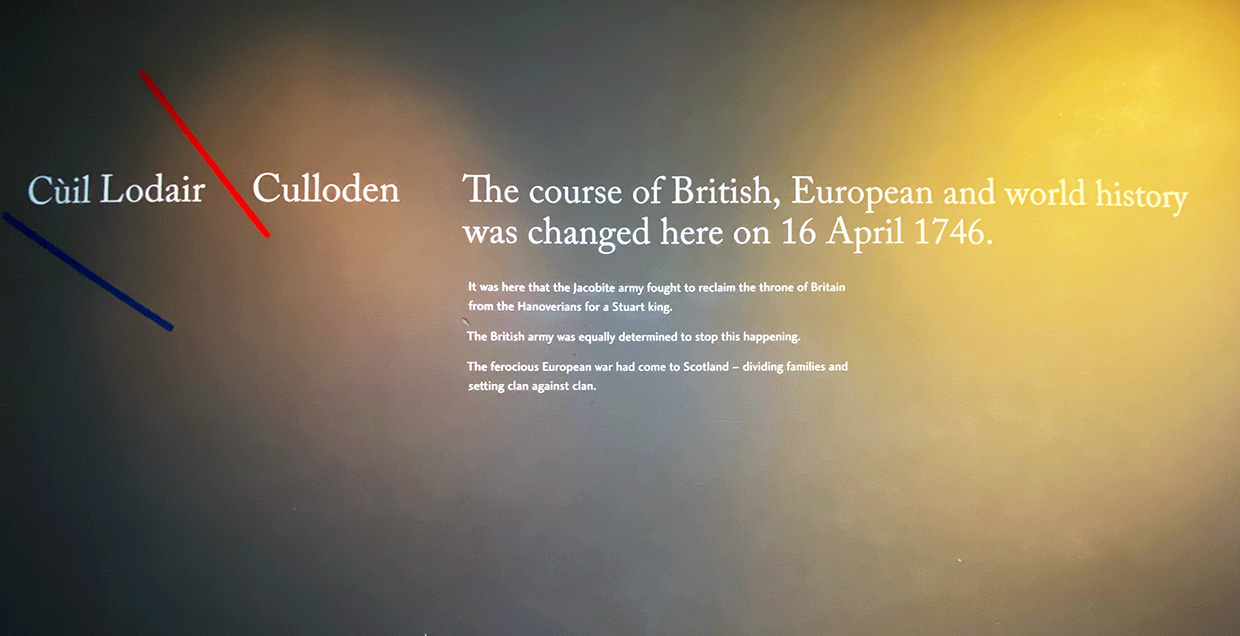
What exactly happened at Culloden Battlefield?
It was at Culloden Battlefield that the Jacobites met their demise.
Prince Charles Edward, son of James VIII, also known as Bonnie Prince Charlie, became the leader of the Jacobites.
He came to Scotland in summer 1745.
And it was Bonnie Prince Charlie who decided, against the advice of his chiefs, to fight the British army at Culloden Battlefield on April 16, 1746.
The Jacobite army was hungry and tired, not prepared to fight.
And on the flat moor, they were handily defeated in less than an hour.
It was a slaughter.
And it was at Culloden Battlefield that the Jacobites’ cause came to an end, at least militarily.
It was to be the last major battle fought on British soil.
So its significance to the Scots and the English is huge.
It put any ideas of a free and independent Scotland to bed.
And the British government began to take away many things from the Scots that made them Scots.
Highland dress was banned and the clan system began to break down.
The Highland Clearances began soon after the Battle of Culloden.
It was a horrible defeat in so many ways.
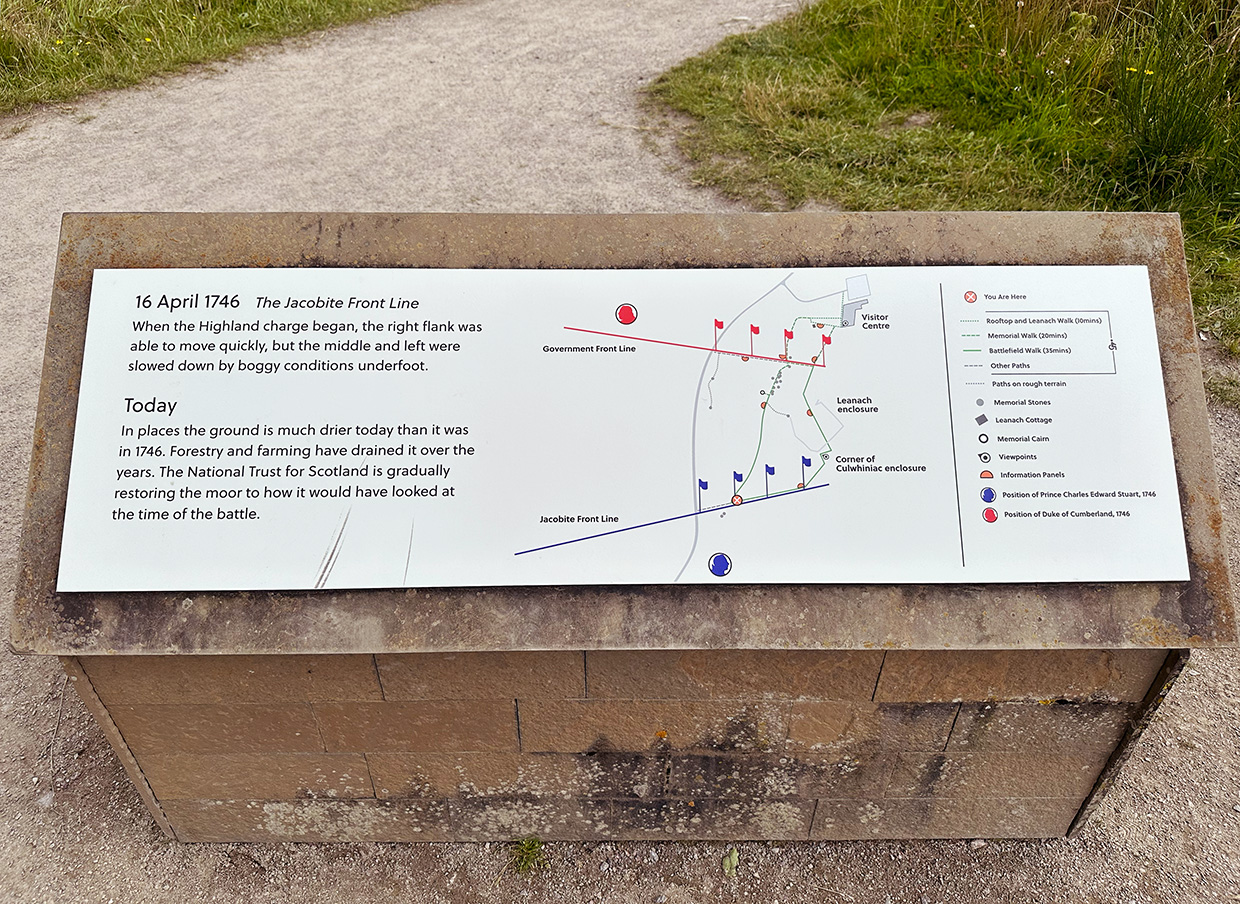

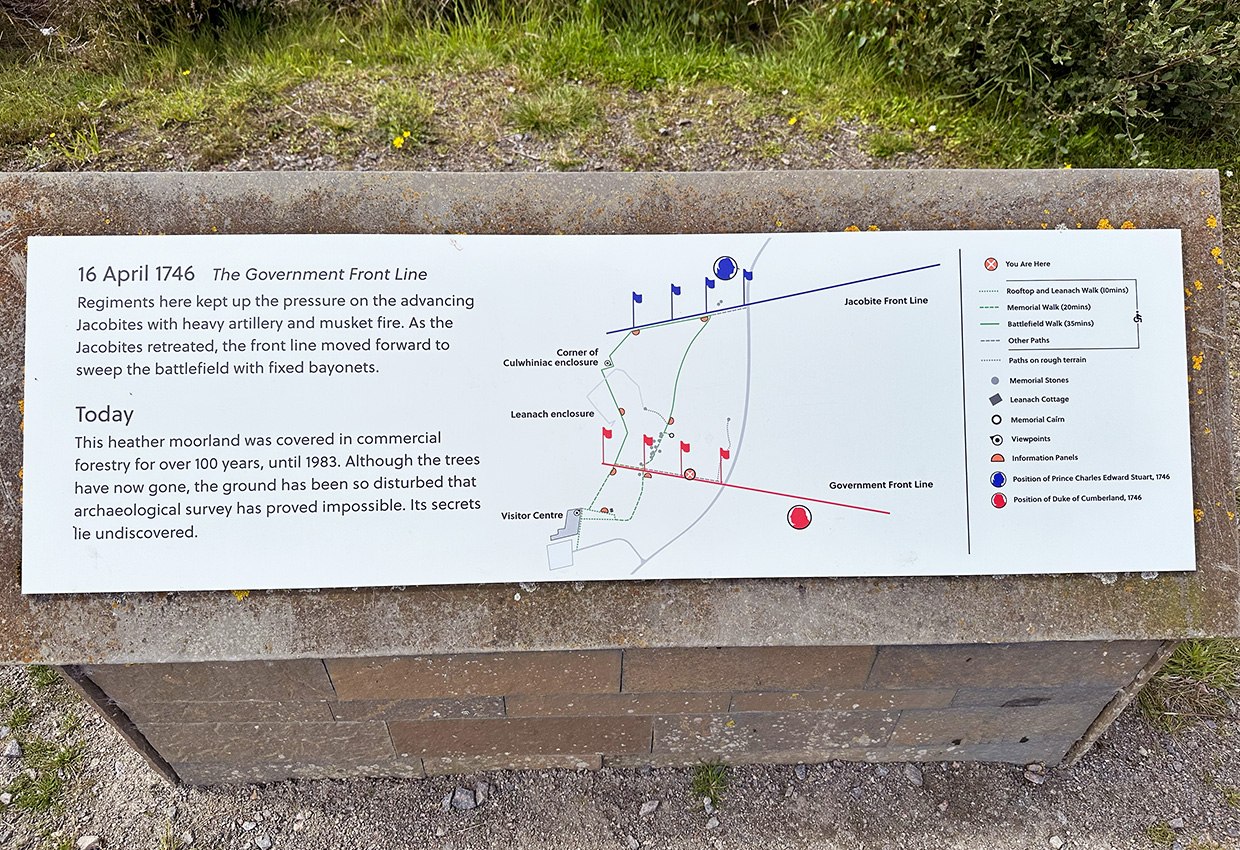
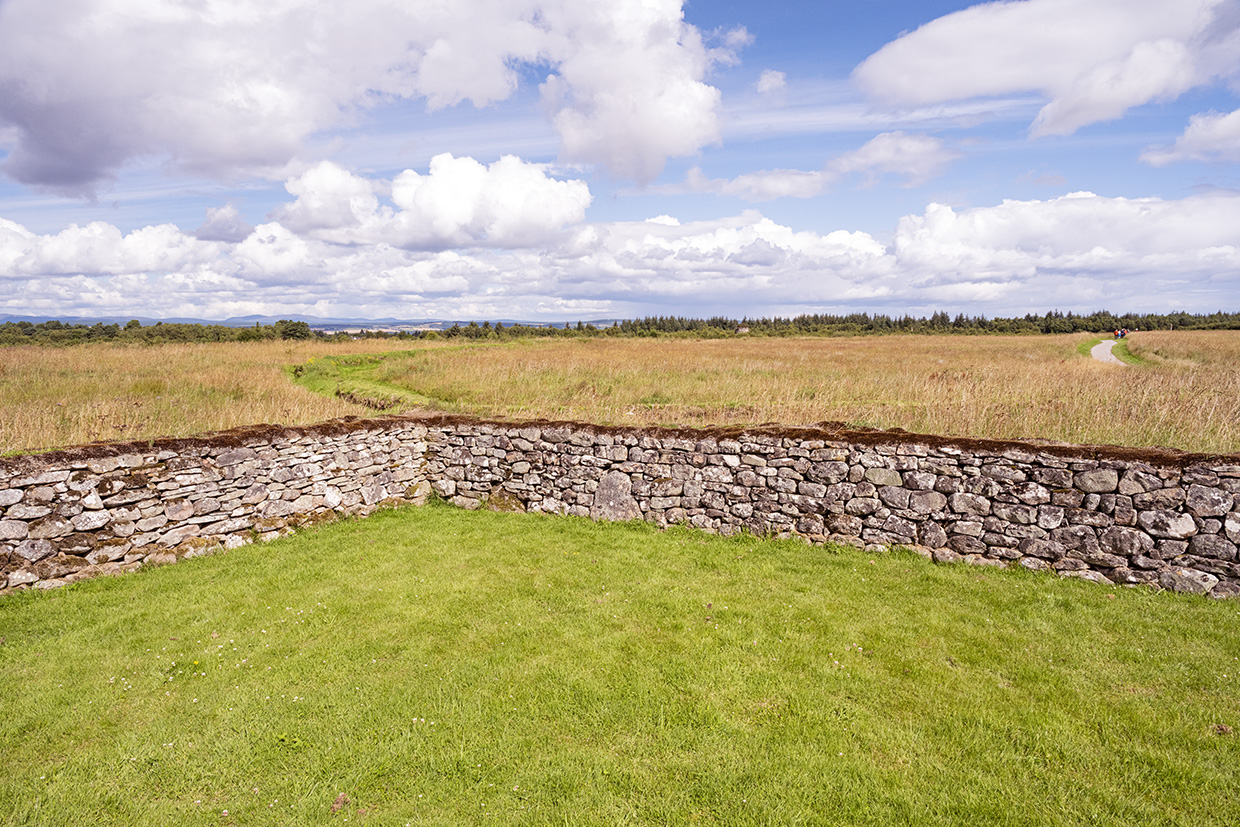
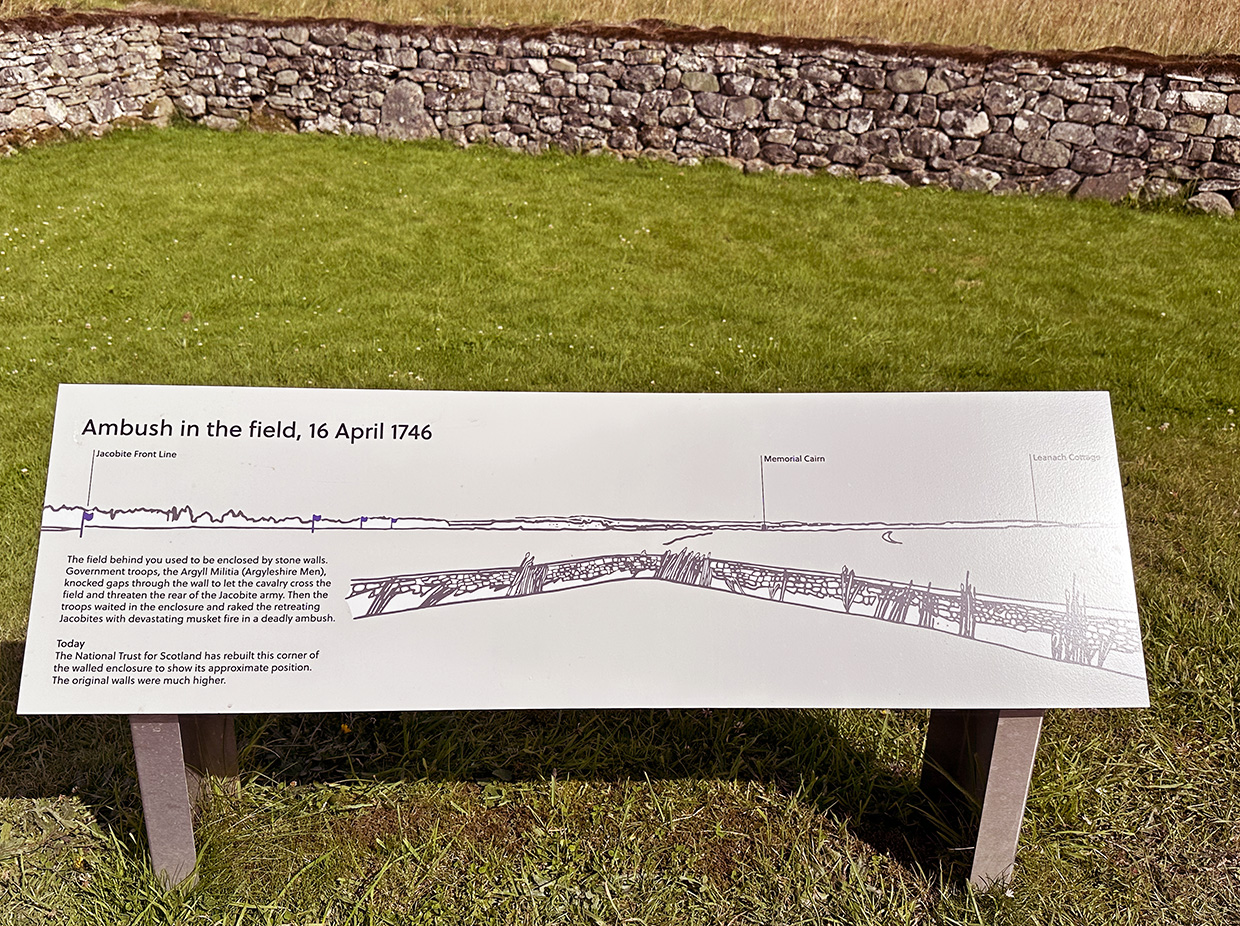
Visiting Culloden Battlefield and Visitor Center
Culloden Battlefield and Visitor Center is located roughly 6 miles East of Inverness.
So Inverness can make a good base for your time in the area.
Or you may want to consider some towns a little further that, I think, are a bit nicer.
Anyway…
There are essentially 2 parts to Culloden Battlefield — the actual battlefield and the visitor center which houses the museum, the cafe and the shop.
I actually have made 2 visits to this National Trust for Scotland property.
The first time was with friend of Wander Your Way, Bo Fraser of Scotland Your Way.
This was a day in December of 2021 which happened to be quite cold and saw a fog on Culloden Battlefield.
So on this visit, I concentrated on the Museum since you couldn’t see much on the field.
The Museum is excellent.
You learn about both sides of the fight, see artifacts and discover so much about each side’s perspective.
There is also a 360 theater that puts you in the middle of the battle.
It’s quite evocative.
I recommend spending at least an hour or 2 here so you really understand the in’s and out’s of this tragedy and why Culloden is so important.
Once you spend some time in the museum then walk to and around Culloden Battlefield.
I did this in early August 2023 on a dry, warm-ish day.
If you want to walk all of this and see the memorials, you’ll want 1 hour to 2 hours for this part of the site as well.
So you can easily spend a half day at Culloden Battlefield.
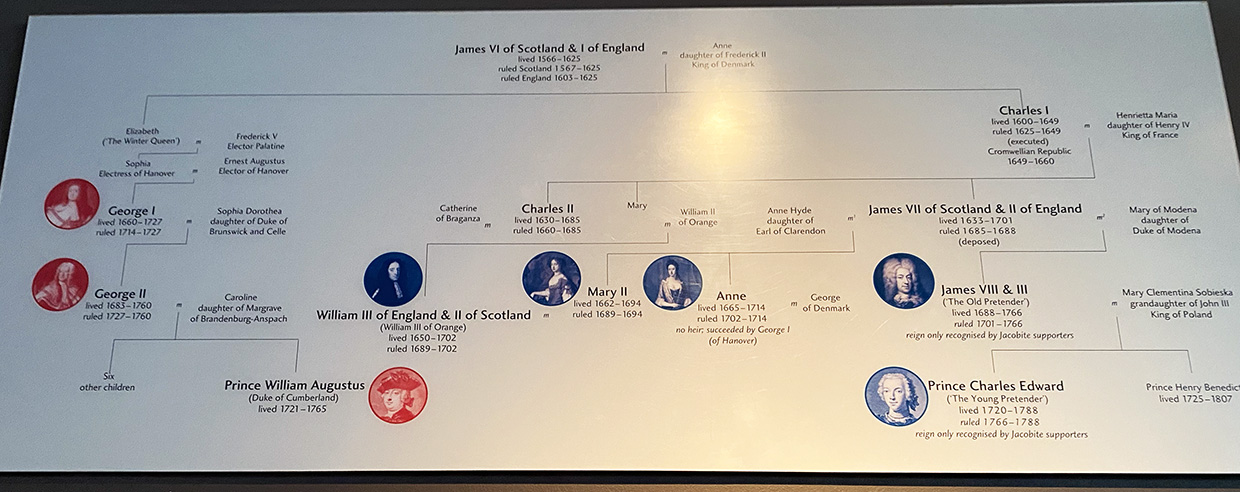
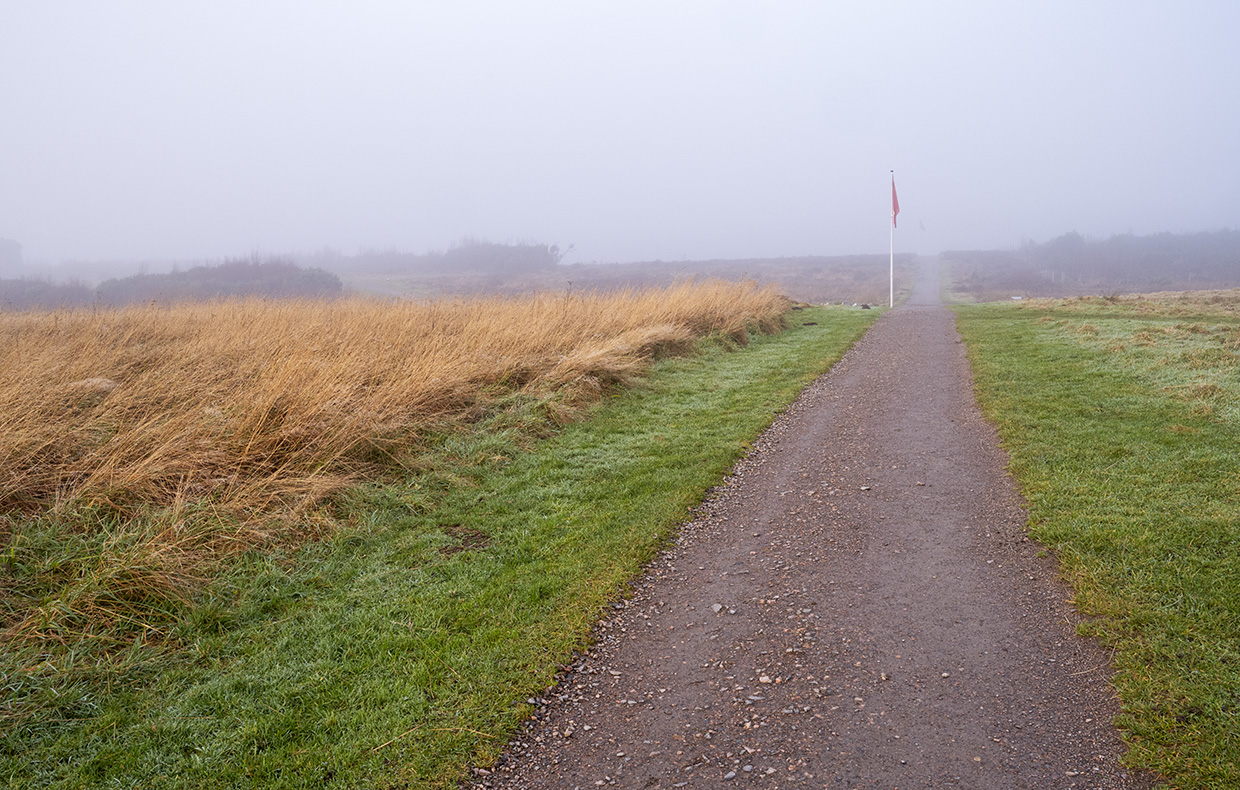
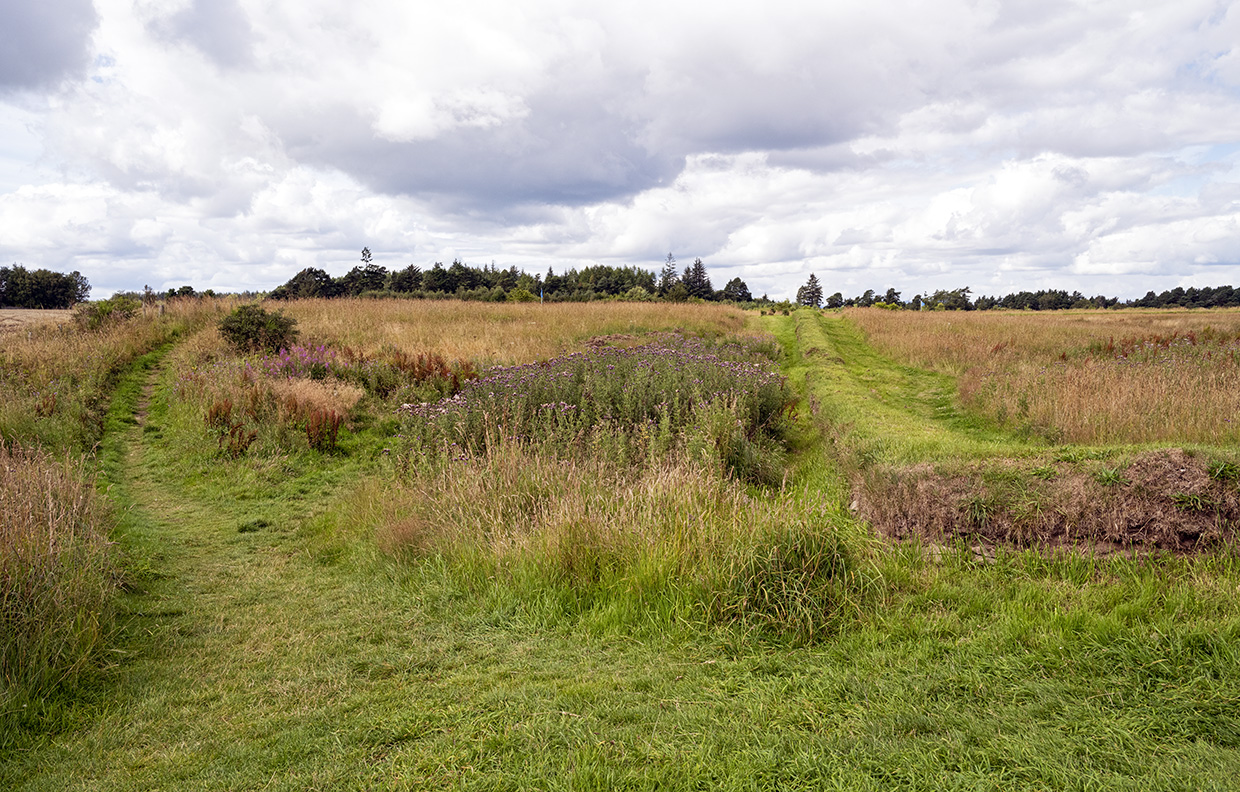
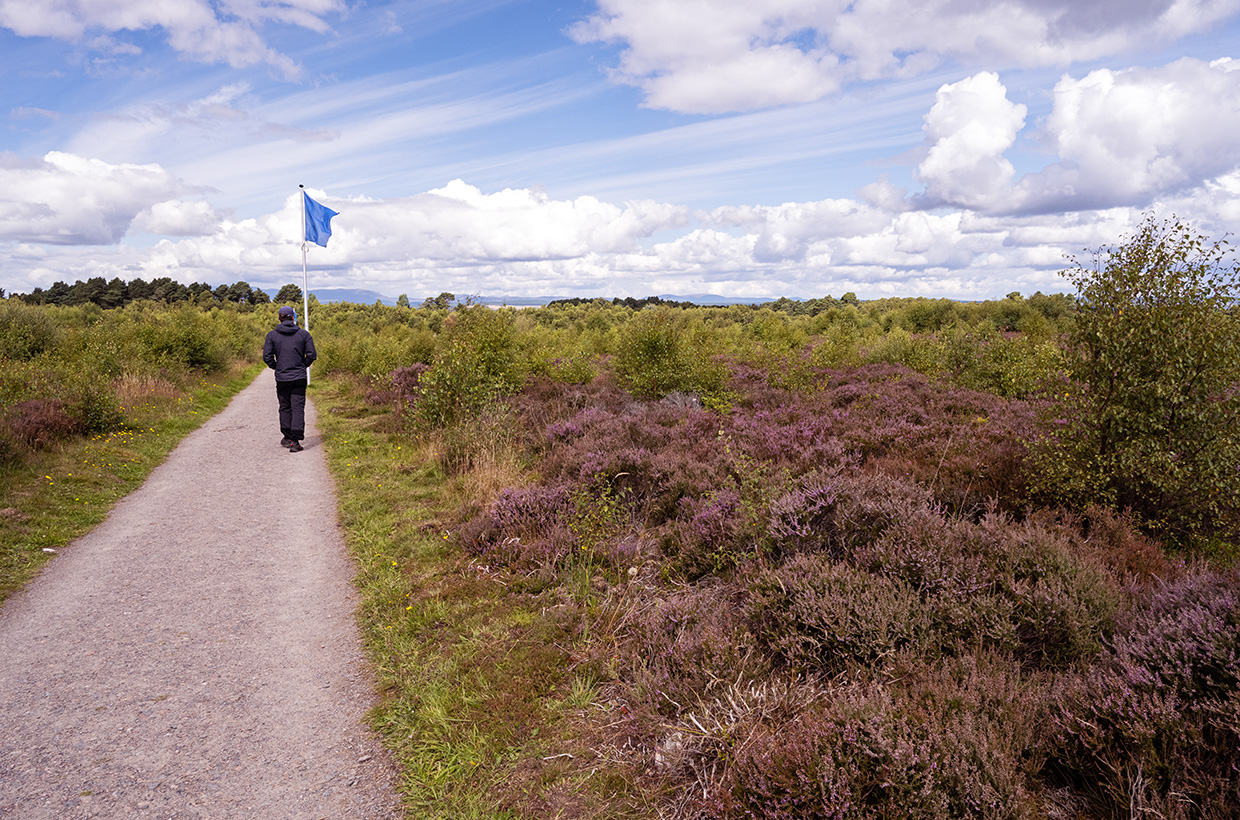
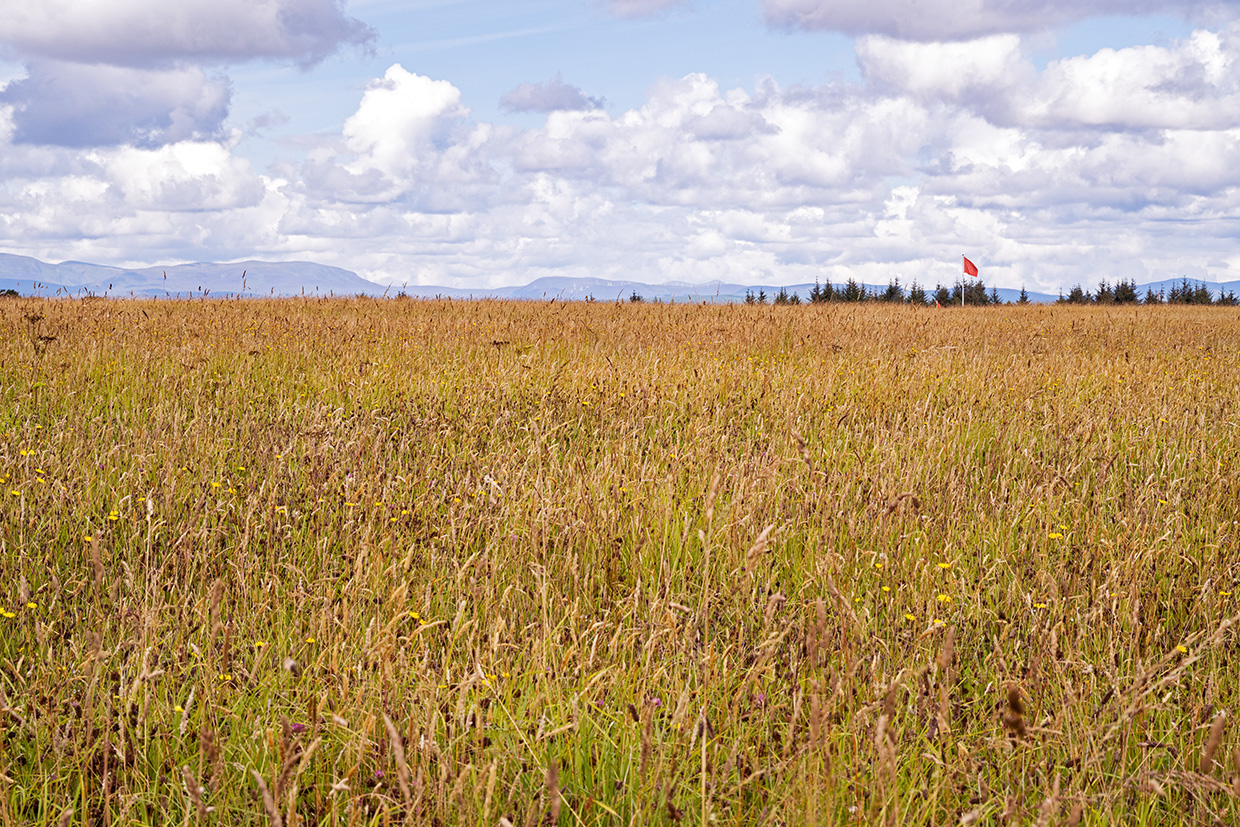
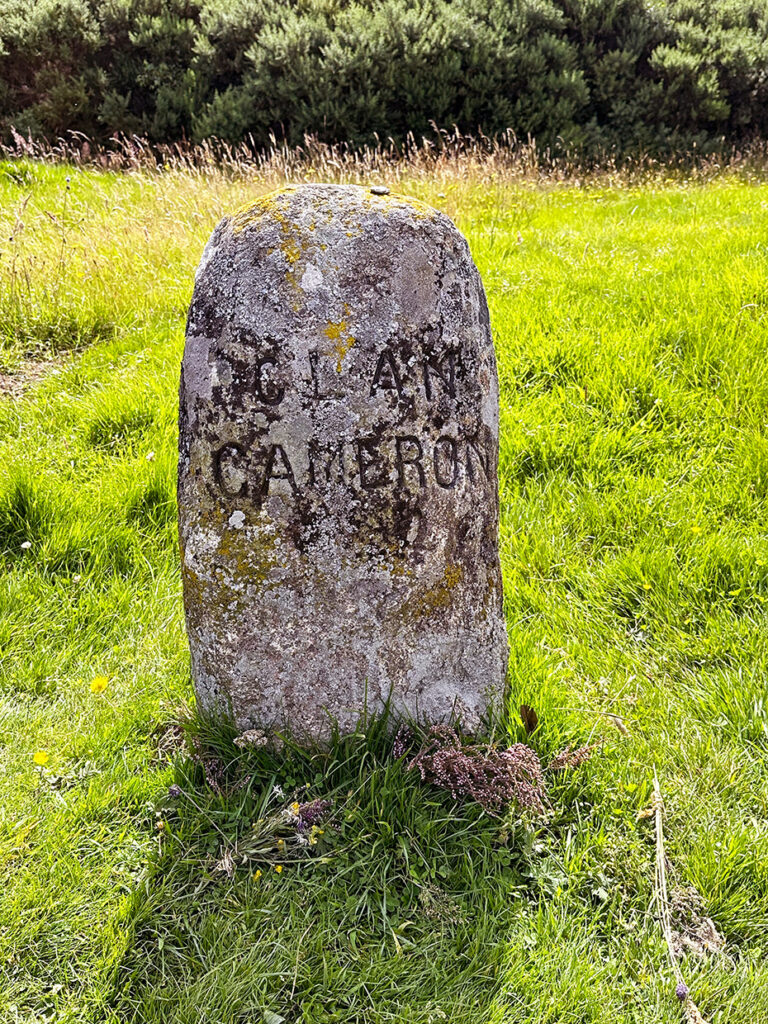
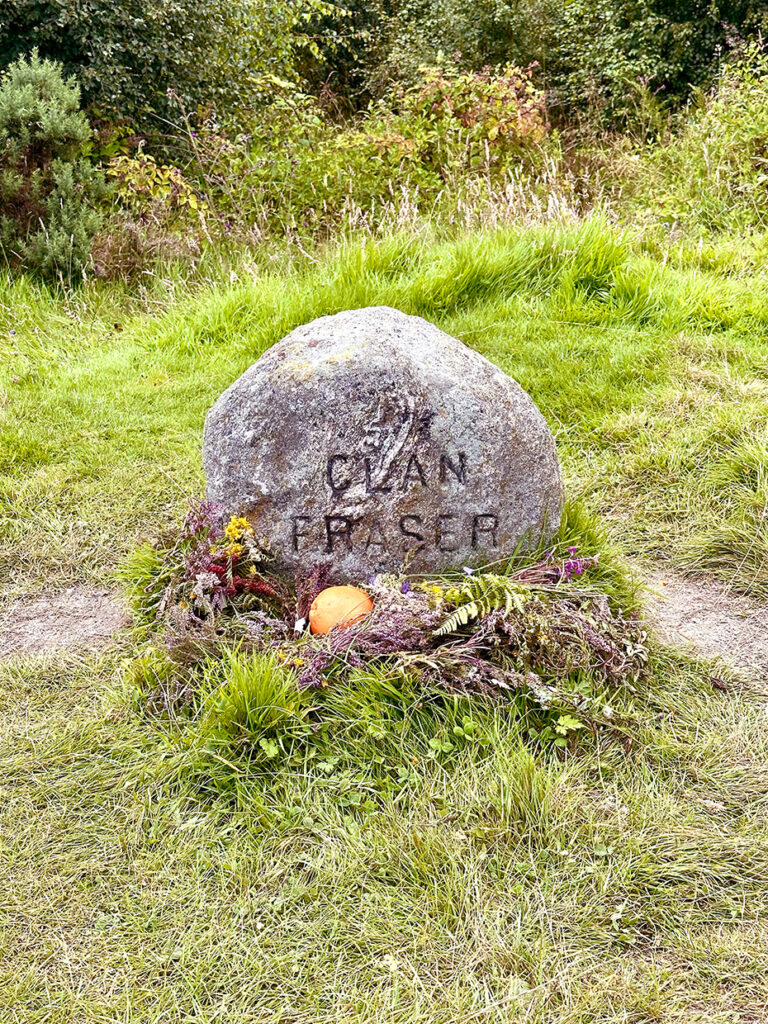
Logistical information for visiting Culloden Battlefield and Museum
The best way to get to Culloden Battlefield and Museum is via car.
It’s well posted so you can’t miss it and navigation will take you there as long as you put in Culloden Visitor Center.
There is a Culloden town so don’t get confused!
You can walk Culloden Battlefield for free.
The museum costs £14 for an adult.
But it’s so worth it to put it all in perspective.
Hours vary according to season.
Summer season hours — typically starting around Easter and going until the end of October — are 9:00 to 18:00.
Winter hours — November through late March/early April — are 9:00 to 16:00 or 17:00.
Check the website for exact closing times.
Typically as the days get a bit longer (like in March) the site will stay open until 17:00.
The Visitor Center does close through the Christmas holidays so check the website for those closing dates.
Culloden Battlefield, however, is open to visit any day of the year.
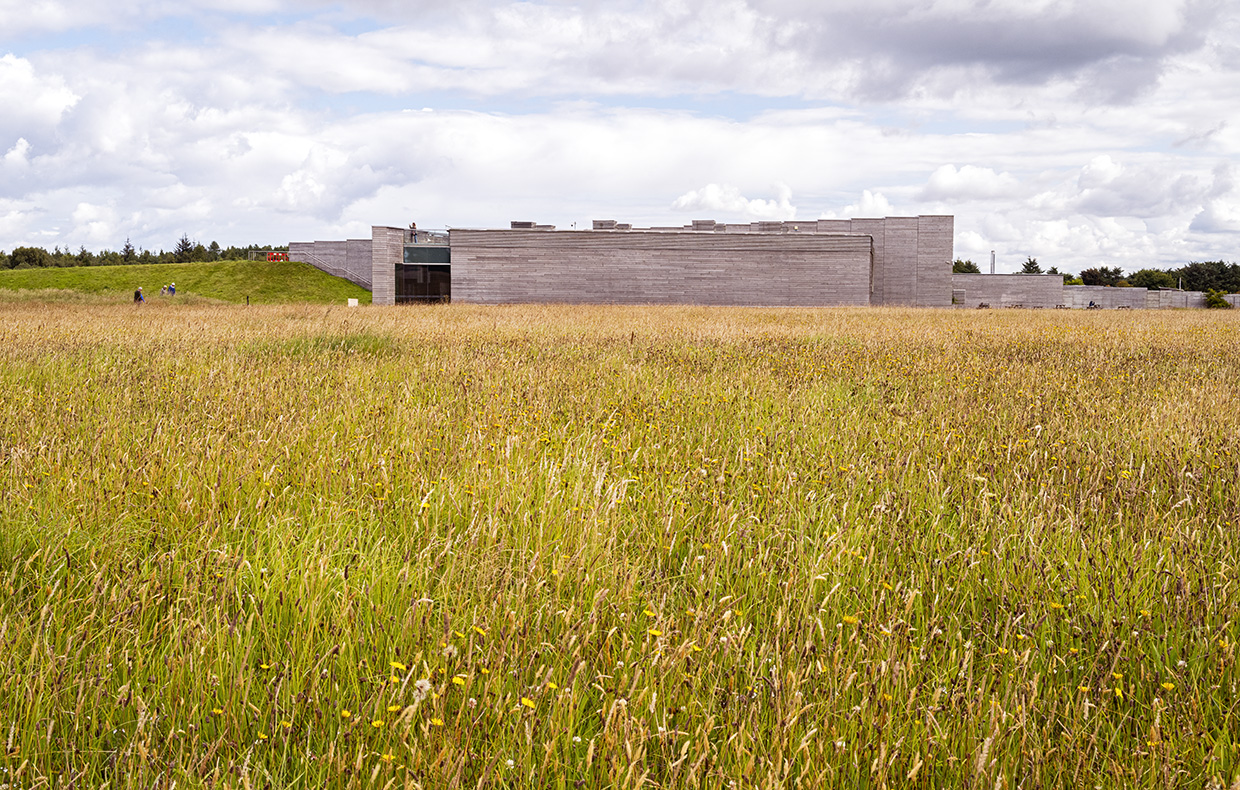
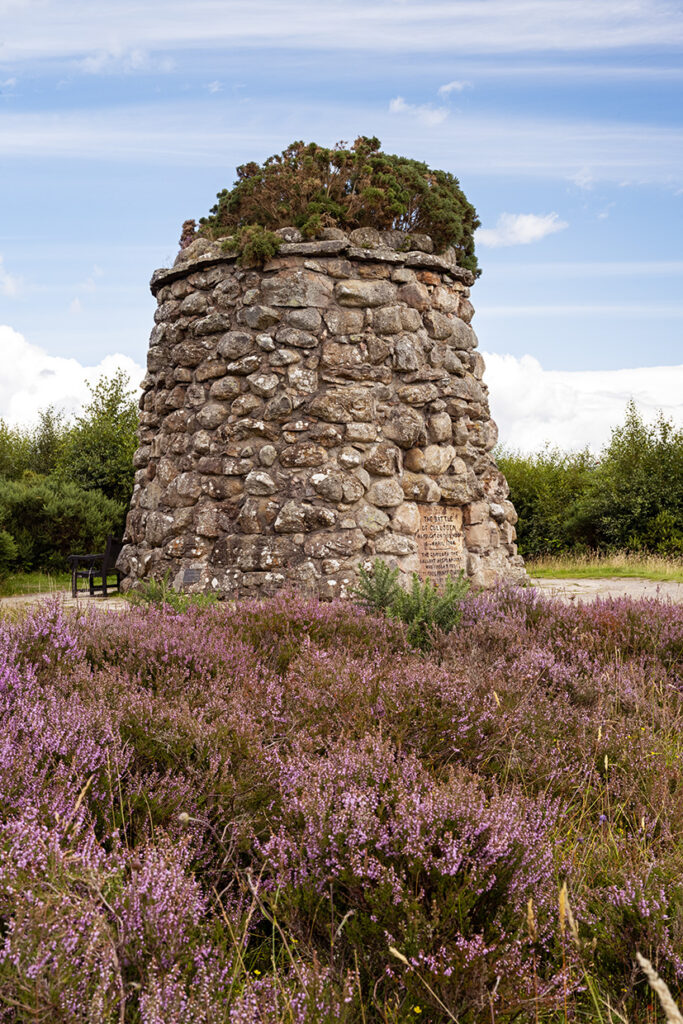
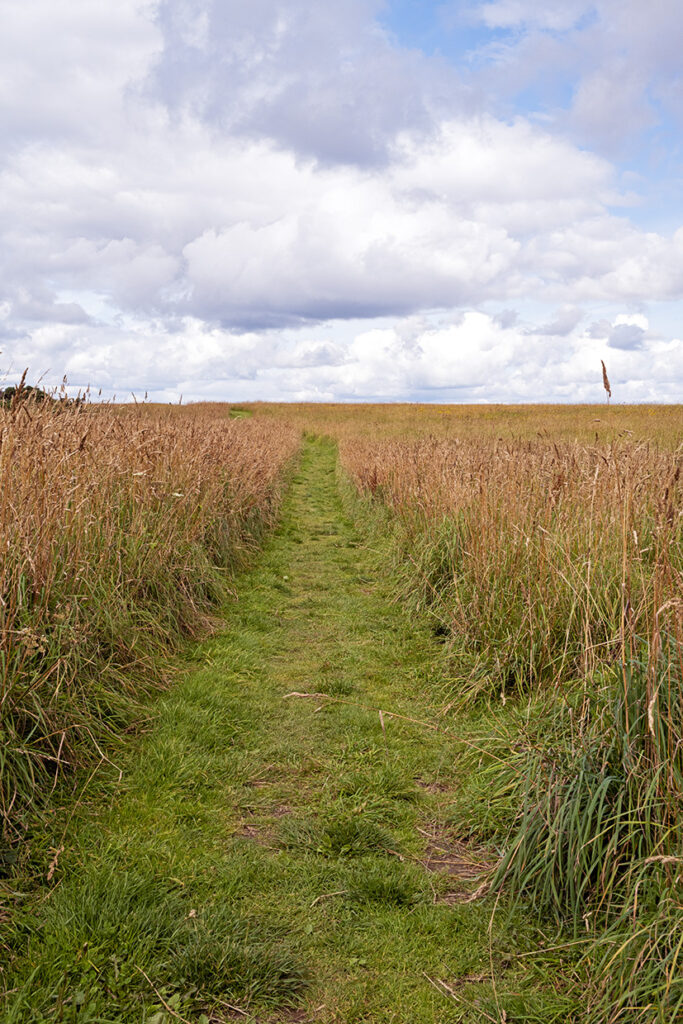
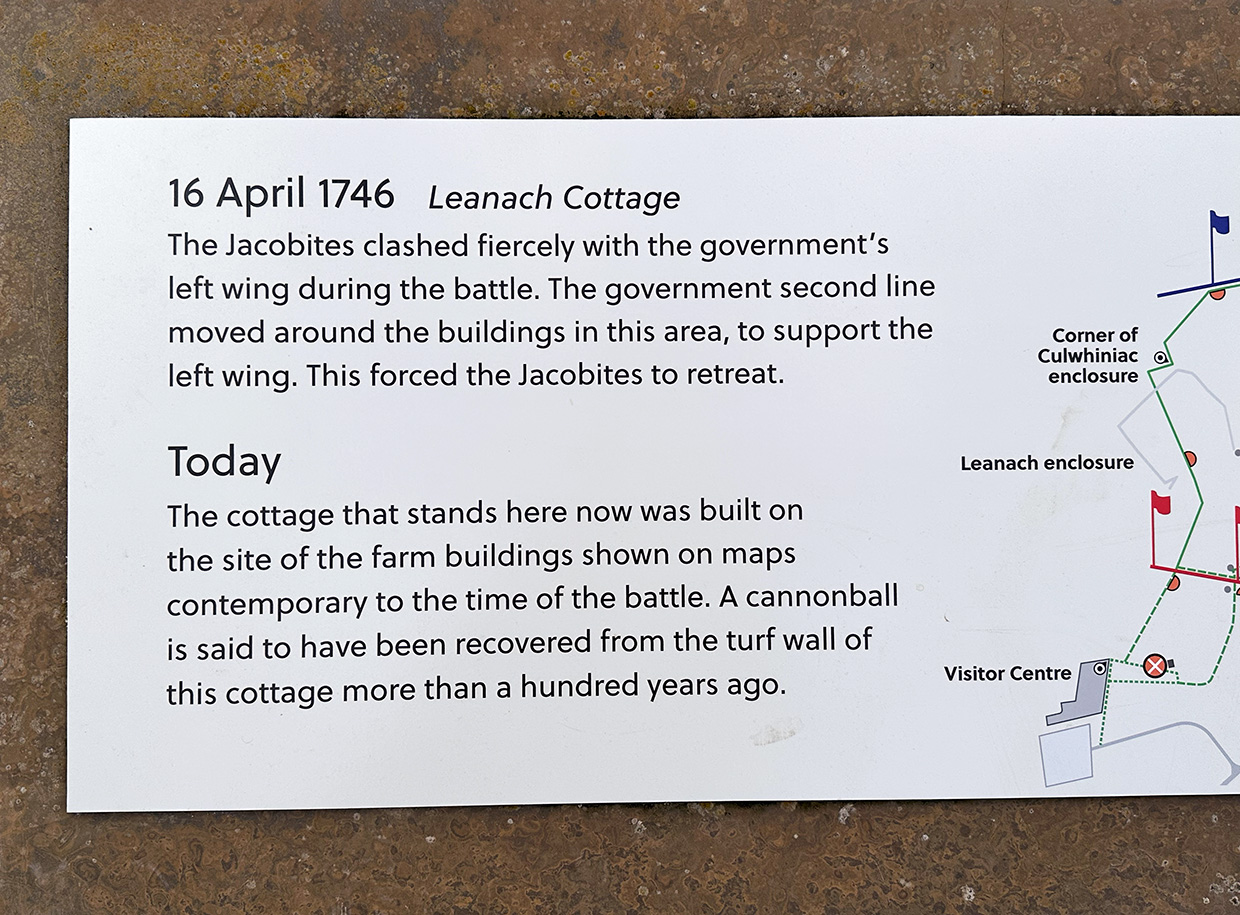
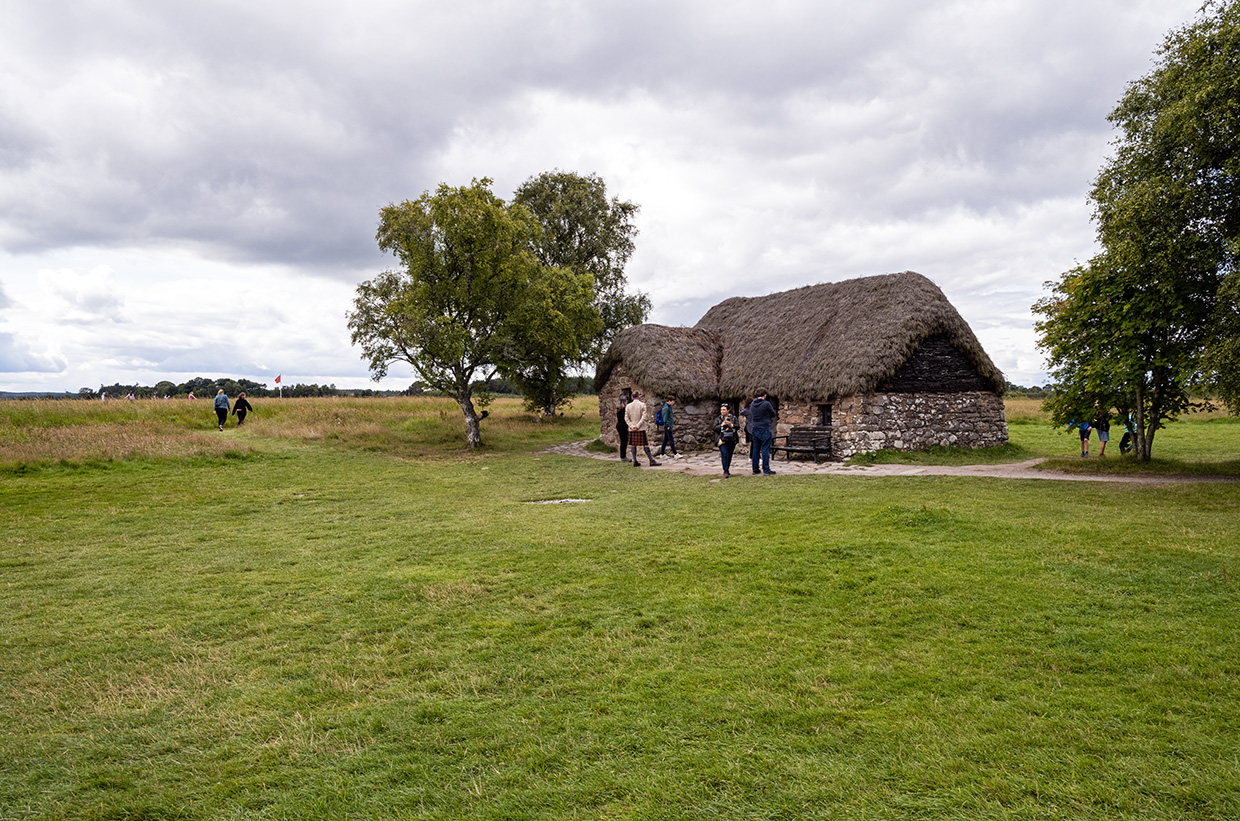
Widget not in any sidebars
My thoughts on Culloden Battlefield and Museum
I loved the museum as it really gave me such a good perspective of both sides of this fight.
I learned a lot!
Do take your time and really read the panels and listen to some of the stories.
Culloden Battlefield is equally fascinating.
Walking around it and imagining what it may have been like for the men fighting here was eye opening.
It’s a site in Scotland that I highly recommend for those who have a deep love and regard for Scottish history.
*Note: I’ve done my best through research to explain this time in British history so if I have some facts incorrect, please feel free to let me know and I’ll make the changes. I tried to simplify it for the purposes of this post.
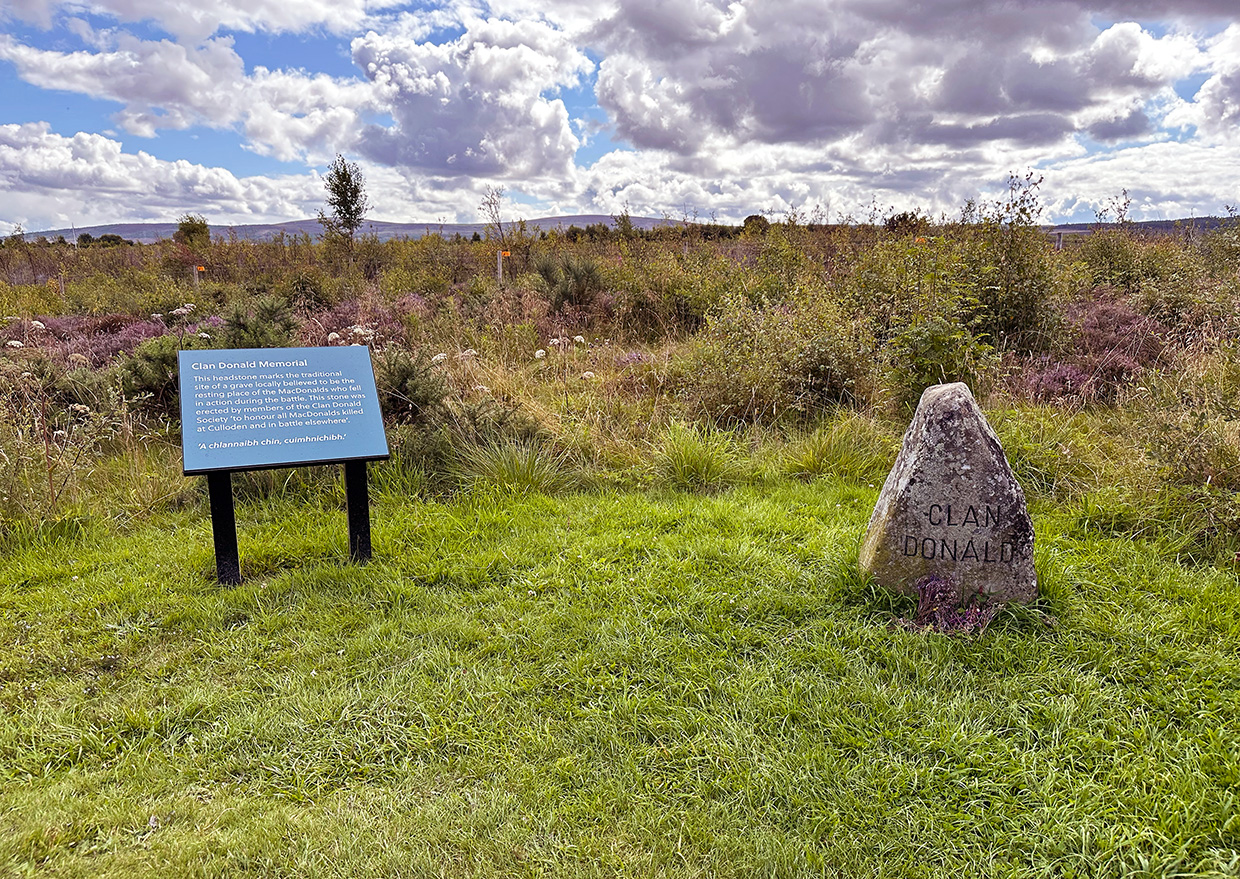
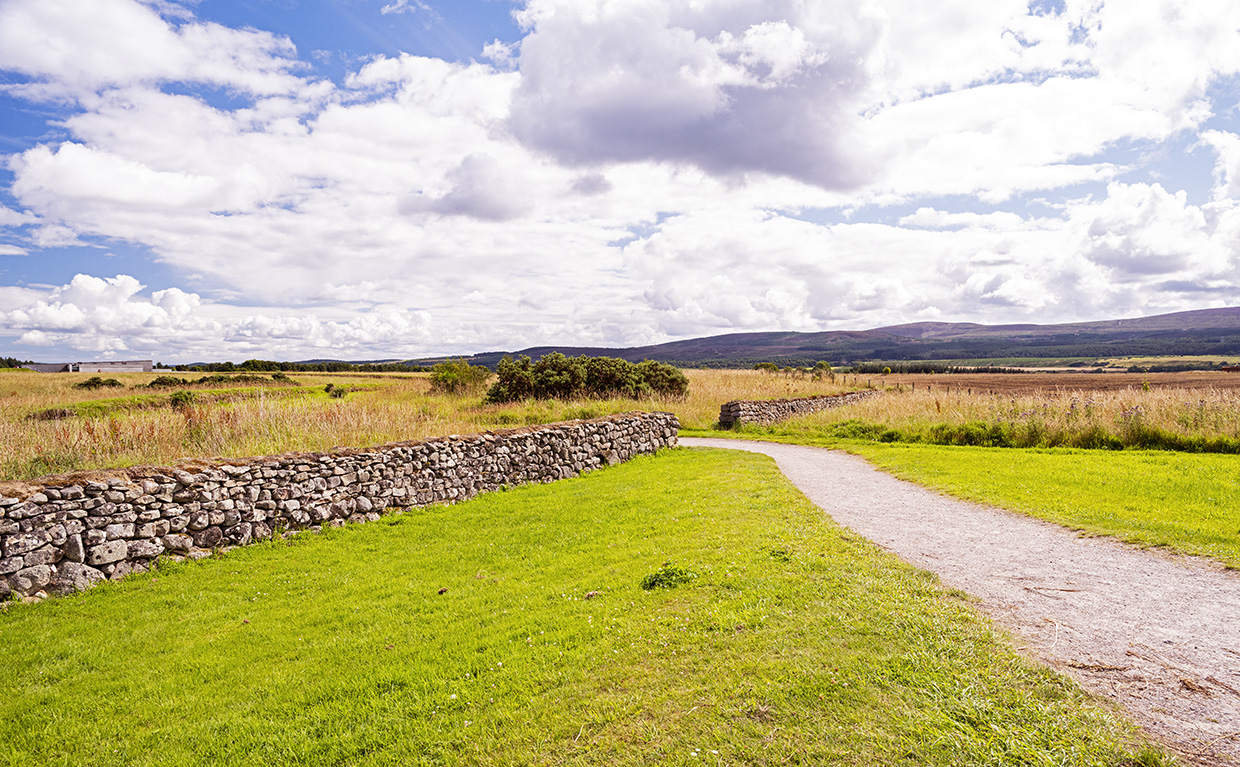
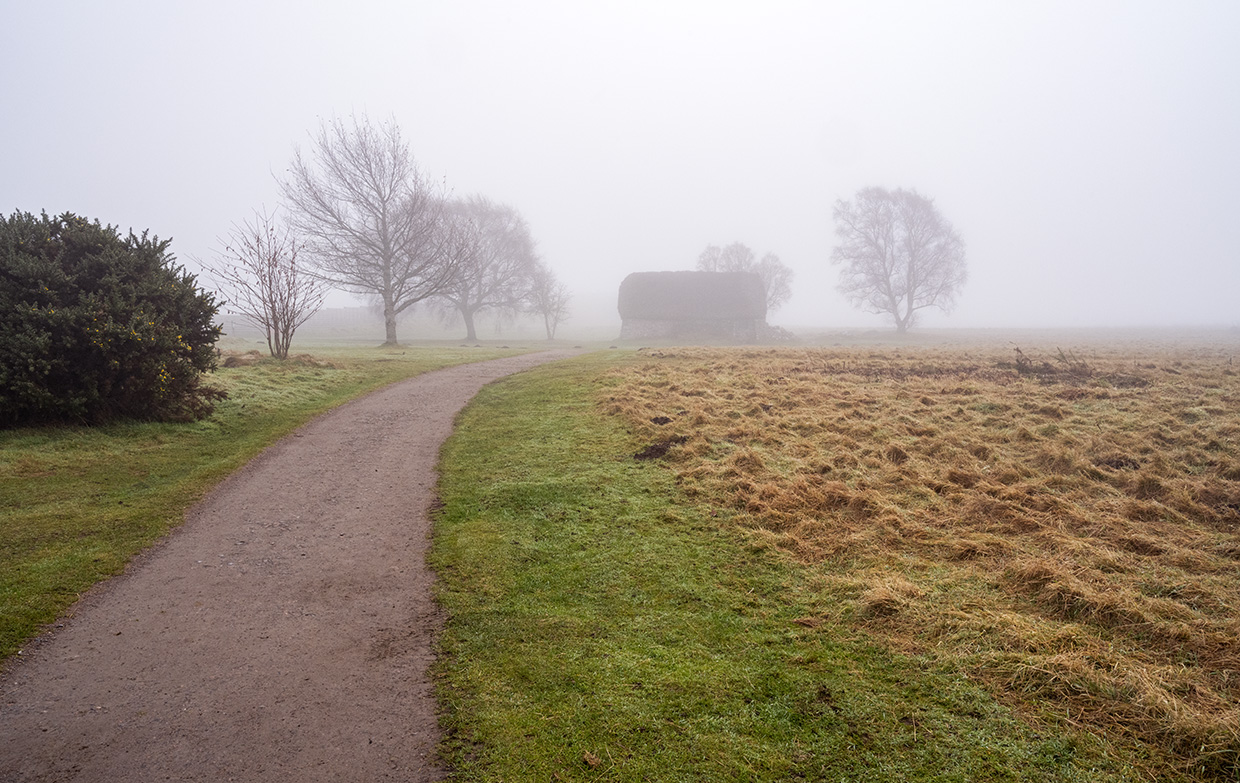
Disclaimer: This post contains affiliate links. This means I will earn a commission – at no extra cost to you — if you click on the link and purchase anything from these trusted companies. It helps Wander Your Way, a small business, stay in business. Thanks for your support!
Like it? Pin it!
